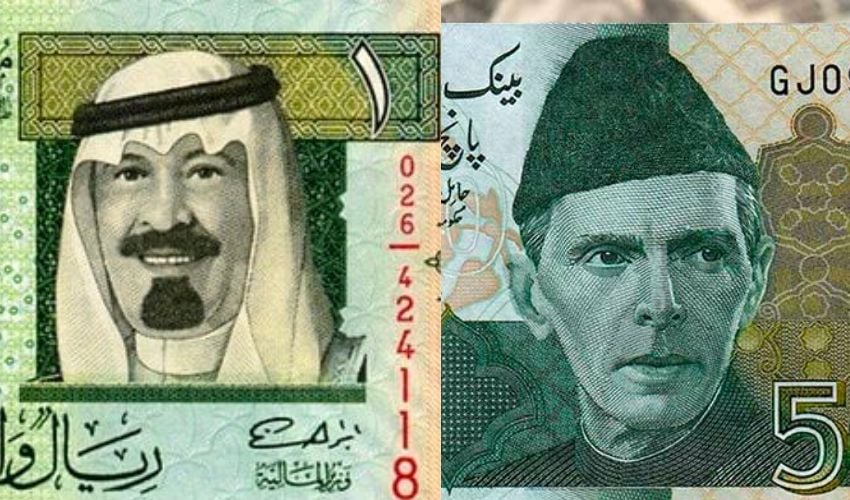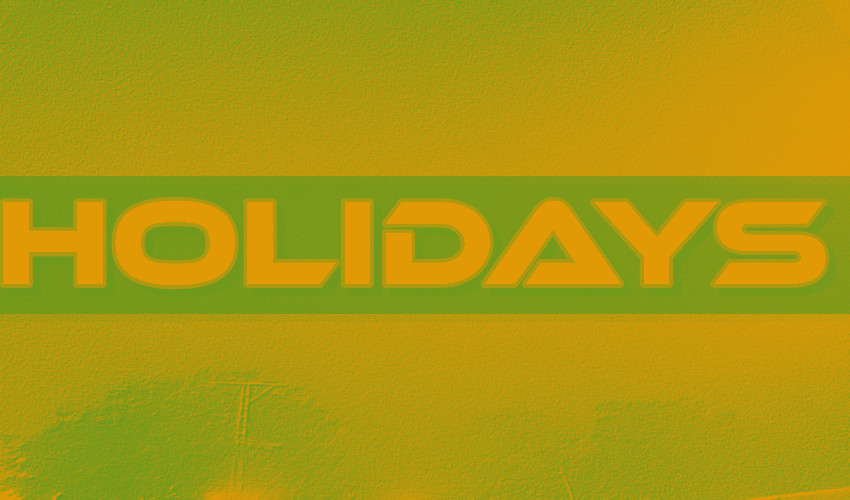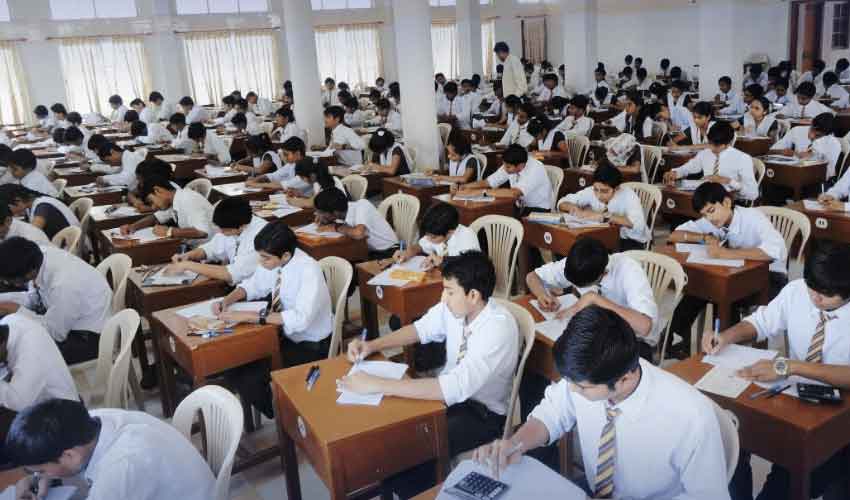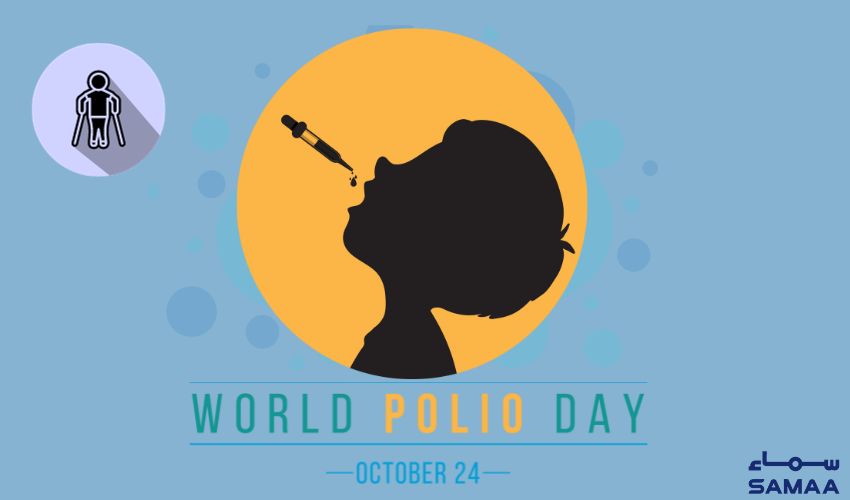The funeral of Pope Francis - who passed away on Monday at the age of 88 - will be held on Saturday in St. Peter’s Square, the Vatican confirmed on Tuesday.
The ceremony is expected to draw a host of world leaders and religious figures, as the Catholic Church begins the formal process of electing his successor.
Pope Francis, the first Latin American pontiff, died following a sudden stroke and cardiac arrest, according to a Vatican statement.
His death came as a surprise to many, despite a recent five-week hospitalisation due to double pneumonia earlier this year. He had returned to the Vatican nearly a month ago and appeared in public on Easter Sunday, giving hope of recovery.
In accordance with tradition, his body will lie in state from Wednesday morning in St. Peter’s Basilica, preceded by a solemn procession led by cardinals from the Santa Marta residence — his modest Vatican home since 2013. Images released by the Vatican show the pontiff lying in a wooden coffin, clad in ceremonial vestments, flanked by Swiss Guards.
The funeral Mass will be held at 10:00 a.m. (0800 GMT) on Saturday in St. Peter’s Square, just outside the Basilica. The Vatican has begun preparations for an elaborate but dignified farewell to a pope who led the 1.4 billion-member Church for 12 years marked by reform and controversy.
Among those expected to attend are several heads of state, including former US President Donald Trump, who had previously clashed with Pope Francis on immigration policy. Argentine President Javier Milei, Brazilian President Luiz Inácio Lula da Silva, and Ukrainian President Volodymyr Zelenskiy are also reportedly set to attend.
The pope’s sudden death has triggered the traditional Vatican protocols, including the symbolic destruction of the “Fisherman’s Ring” and papal lead seal — acts signifying the end of his papal authority. The College of Cardinals has also begun preliminary meetings to manage church affairs in the interregnum and to schedule the conclave that will elect a new pope.
According to Vatican officials, the conclave is expected to begin between May 6 and May 11, in line with customary practice allowing 15 to 20 days for mourning and logistical preparation. Some 135 cardinals under the age of 80 are eligible to participate in the closed-door balloting process held in the Sistine Chapel, with black or white smoke signalling failed or successful voting rounds.
There is, as yet, no clear frontrunner among the potential successors. However, nearly 80 per cent of the voting cardinals were appointed by Francis, raising expectations that the next pope may continue his progressive legacy — though no guarantees exist.
During his papacy, Pope Francis pushed for sweeping reforms in Vatican governance, addressed systemic financial mismanagement, and eventually confronted the global child sexual abuse crisis within the Church. His inclusive approach — notably his outreach to LGBTQ Catholics and his advocacy for the poor and marginalised — often put him at odds with traditionalists.
As the Catholic world prepares to bid farewell, the coming days will also shape the Church’s future, as senior clergy gather for General Congregations — key meetings to assess the state of the Church and the qualities required in the next pontiff.
In the meantime, Vatican staff and clergy have begun paying their respects at the Santa Marta residence, where Pope Francis chose to reside rather than move into the Apostolic Palace, symbolising his lifelong preference for humility and reform.


























